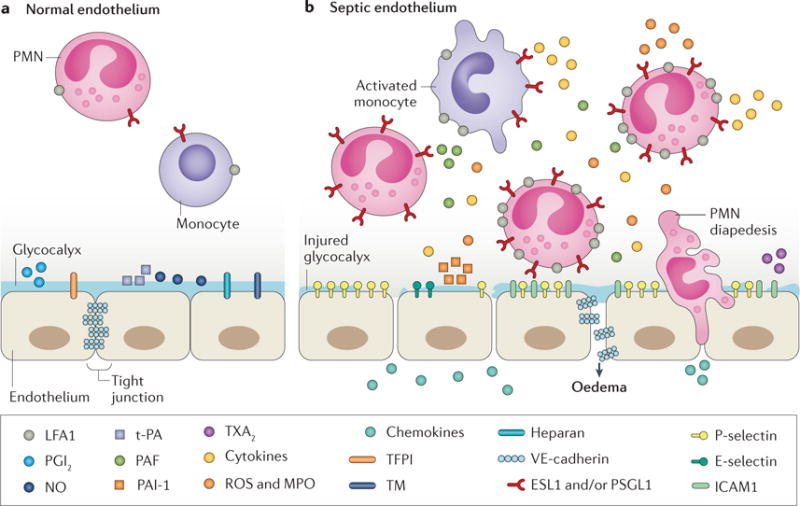Figure 4. Changes in the vascular endothelium in response to inflammatory stimuli during sepsis.

a | The resting vascular endothelium in its natural anticoagulant state. b | Sepsis produces profound changes that convert the endothelium to a procoagulant state. This disrupted endothelium expedites the loss of fluid through disengaged tight junctions and expedites the recruitment, attachment and extravasation of inflammatory cells through the endothelium. Activation of the coagulation cascade potentiates inflammation and completes a vicious cycle in which inflammation induces and exacerbates coagualopathies and endothelial injury. ESL1, E-selectin ligand 1; ICAM1, intercellular adhesion molecule 1; LFA1, lymphocyte function-associated antigen 1; MPO, myeloperoxidase; NO, nitric oxide; PAF, platelet- activating factor; PAI-1, plasminogen activator inhibitor 1; PGI2, prostaglandin I2; PMN, polymorphonuclear leukocyte; PSGL1, P-selectin ligand 1; ROS, reactive oxygen species; TFPI, tissue factor pathway inhibitor; TM, thrombomodulin; t-PA, tissue plasminogen activator; TXA2, thromboxane A2; VE, vascular endothelial.
